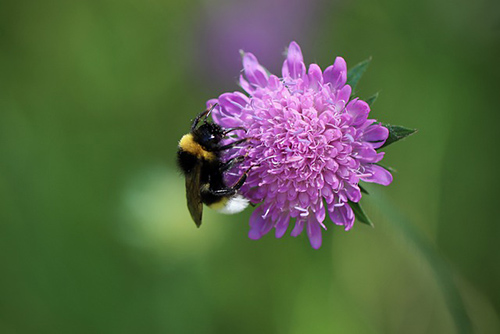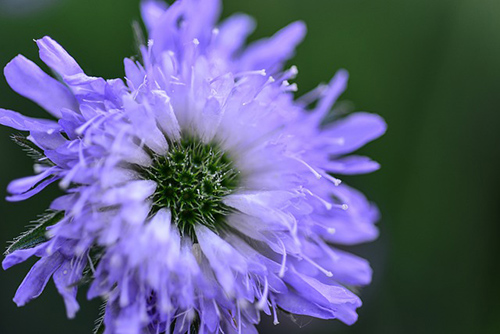Contents
The name of the field scabious plant comes from the Latin word scabies (which means, precisely, scabies). From the Middle Ages onwards, it has been used to treat diverse skin afflictions, including scabies and leprosy.
- Brand:Unbranded, Country Of Manufacture:United States
- Model:flowers, Type:Seeds
- Country/Region Of Manufacture:United States, Plant Form:Seed
The root of the field scabious plant seems to end abruptly a few centimeters below the stem. According to the legend, the devil, angry at discovering this plant’s medicinal virtues, bit the root off.

Field Scabious Scientific Facts
- Other names: Scabiosa succissa L.
- French: Scabieuse.
- Spanish: Escabiosa mordida.
- Environment: Common on meadows and sunny slopes all over Europe. It can be found in mountainous, warm regions of South America.
- Description: Vivacious plant of the Dipsacaceae family, growing up to 1.2m high. It has blue or violet flowers, hemispheric, plenty of seeds, and a pleasant soft aroma.
- Parts of the plant used medicinally: The root, the leaves, and the flowers.
Healing Properties and Indications

The whole plant contains glycoside (scabioside), saponins, mineral salts, and potassium. The root is especially rich in tannin. When externally applied, it has expectorant and depurative (because of its content in saponins) properties. It is used in the following cases, combining both internal and external applications:

- Skin lesions, especially those accompanied by itching, such as scabies, but also for herpes, ringworm, and eczema. We recommend combining internal and external use (infusion) (compresses on the skin) to improve effectiveness.
- Bronchitis and asthma, since it thins bronchial secretions and eases expectoration. In this case, we recommend you take the infusion and apply hot compresses on the chest.
- Depurative treatments, because of the mild depurative, stimulating, and also sudorific properties of this plant.
How to use Field Scabious
- Internal with 50-60g of dry flowers, leaves, and roots per liter of water. Drink three or four cups daily.
- Compresses with the same infusion are used internally. Apply them hot on the affected area, combining them with internal applications (infusion) to enhance their effects.
DISCLAIMER: All content on this website is presented solely for educational and informational objectives. It would be best to not rely on the information provided as a replacement for advice, diagnosis, or treatment from a qualified medical expert. If you are pregnant, nursing, or have any preexisting medical concerns, you should talk to your doctor before using any herbal or natural medicines.
REFERENCES
- George D. Pamplona-Roger, M.D. “Encyclopedia of Medicinal Plants.” George D. Pamplona-Roger, M.D. Encyclopedia of Medicinal Plants. Ed. Francesc X. Gelabert. vols. 2 San Fernando de Henares: Editorial Safeliz, 2000. 731. Print.
- Botanical Databases: http://www.missouribotanicalgarden.org
- Royal Botanic Gardens, Kew http://www.kew.org
- PubMed: https://pubmed.ncbi.nlm.nih.gov is a valuable resource. You can search for “Knautia arvensis” to find relevant studies.
Last update on 2025-06-04 / Affiliate links / Images from Amazon Product Advertising API

